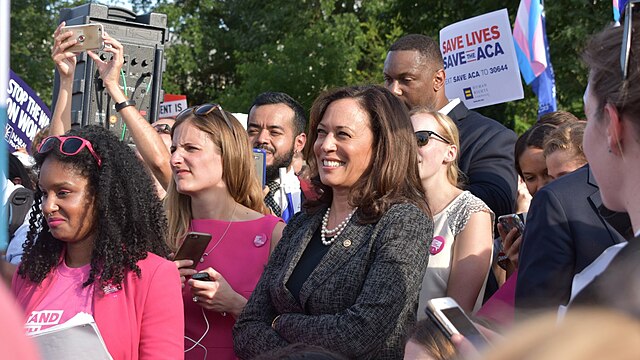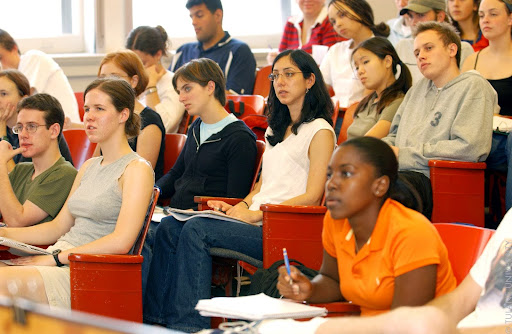I have always felt an intense drive to pursue avenues to help others who have been affected by societal and legal injustices. Even more recently, I have been focused and confident in my future abilities to adamantly advocate for others.
This previous semester, beginning in September — while sitting in court on another day, for another hour, in another week of working as an intern with a defense attorney — emotional fatigue captured and ravaged me like a hopeless bystander witnessing, yet with little ability to contest, the blatant, unjust atrocities that are so engrained in our American system of “justice.”
Throughout the months, I sat in the courtroom as the hours passed, observing that the majority of men on trial or charged were African American or Latino and poor. The majority of the attorneys, judges, or bailiffs are white men who exude a mannerism suggesting that they have the world on a string.
A tree twisted and gnarled at the very roots, the justice system grows from the earth to the branches that reach up towards the heavens insincerely seeking forgiveness. It has deeply troubled me to see so many exhibit a silent complacency with injustice.
It has been extremely difficult to see so many men cry with their lawyers patting them on the back and assuring them that everything will be okay. These same lawyers rush off to expensive lunches to shoot the bull and enjoy the fruits of that twisted tree of justice while their clients sit on the curb, waiting for the bus, or sit in a cold cell waiting for their one phone call to tell their family that the money wasn’t enough.
Being black or Latino or poor constitutes a different definition of equality, justice and freedom; the weight of the shackles that have never been removed tips the scale of justice towards a “lighter” shaded definition of justice.
I completed my time with the internship this semester and my observations of the people within the system were intertwined with frustration, rage, and sadness. There were days I left court in tears and I would drive home or back to campus crying for these persons and their families.
The more I cried, the angrier I became. I knew my tears wouldn’t make things better or change outcomes for these people. I would leave court feeling so conflicted.
I knew that I needed the hurt and the heartache as motivation to continually find ways to help fight the inequalities and injustices within our complicated system, but I knew as well that tears dry and fade and in the end will not help change our system.
It has been evident to me that the symbolism of these injustices is pervasive within our culture. It is that which is symbolically represented as the iconic figure of our justice system. The woman, cast in stone with turned cheek and blinded eye, firmly lifting a scale representing an eternal duty to justice is a façade that merely portrays a utopian and idealistic view of equality and justice.
Upon closer examination, the woman is actually heavy with burden and her back is bending. She is stone because she is hardened by the continual practices of injustices towards citizens of her beloved country. Her cheek is turned and her eyes are blindfolded because she is ashamed to see the prejudice and contradictions within a system she represents.
Her face is solemn because she knows that within her symbolic “freedom,” “equality” and “justice,” her scale tips towards the lighter and whiter side of right.
As citizens within this system, it is imperative that we perform our duty to liberate ourselves from fear and silence, to advocate for our fellow human beings. It is imperative that we fight the debilitating ugliness of injustice and bias, whether the injustice and bias be conscious or unconscious, to lift ourselves towards a strong, cohesive and mutually respectable community. It is imperative to question ourselves and each other on our own prejudices and demand that the covenant of silence that obscures and deflects these faults be broken and reconstructed through efforts and policies of visionary equality and justice.
As a colleague of mine resoundingly stated, “It’s time to ask ourselves ‘Where’s the outrage?’”





